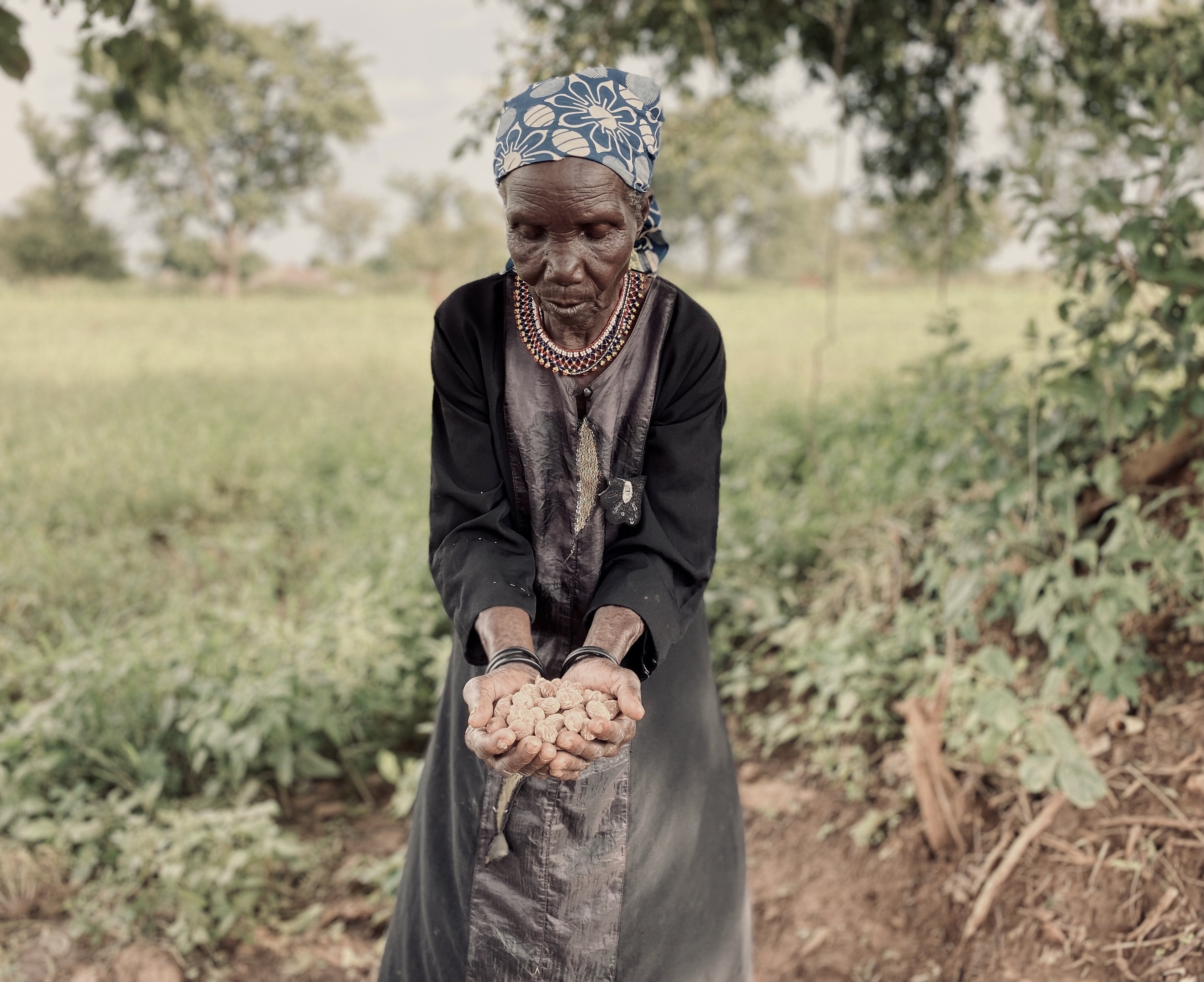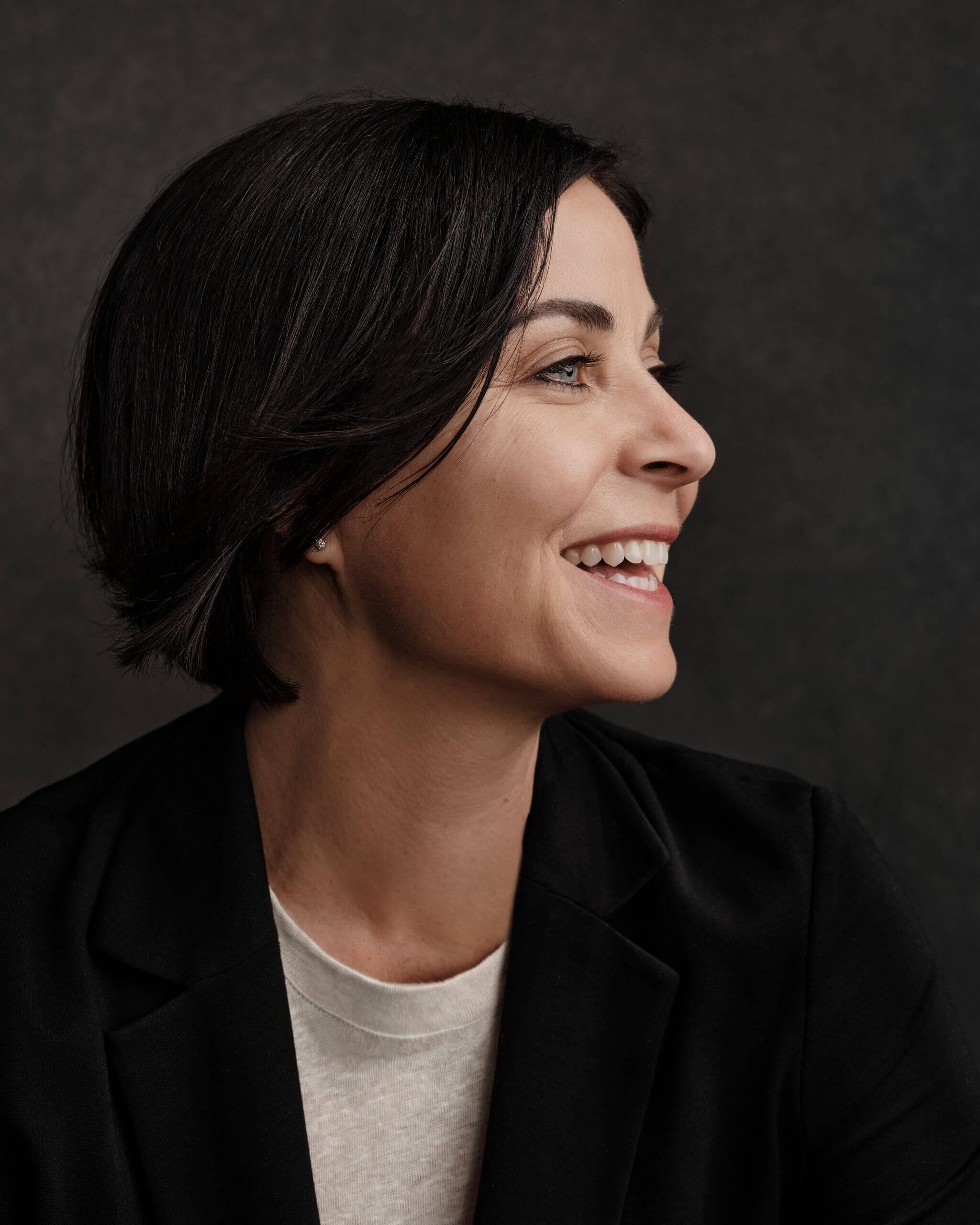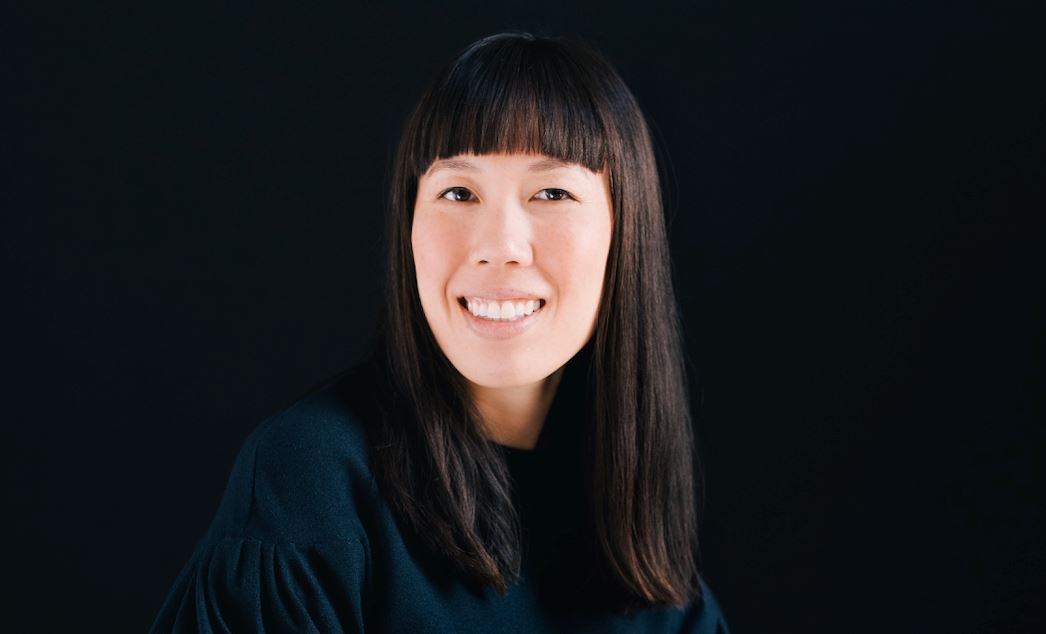NOTES FROM THE FIELD: MEXICO

Notes from the Field is a series that follows our founder, Treana Peake, as she visits our Obakki artisan partners around the world. Today, we follow Treana to Mexico, where she visits our weavers and potters – and finds several new artisans up in the hills beyond the towns and cities listed on most maps.
Our Mexican artisan-partners are spread across Mexico – a country that is outlined in almost 10,000 km of coastline with the Sierra Madre mountains smack in the middle. Seven different climates, 32 states, and four oceans or seas along with jungles, mountains, and deserts make for a diversified land. Different local materials, different ancestors, and different cultures lead to very different skills and crafts in different regions.
This trip, I had to limit myself to the central highlands – but I’ll certainly be coming back for more. I’ve enjoyed Mexico as a country for some time and I’m delighted to be back here on the ground, searching out the talented artisans that are spread out across the country.
This trip was about weavers and potters. And a few other surprises.

WATER IS LIFE
My first stop on this trip was Guerrero state in Mexico, where our palm weavers are. We knew they were in desperate need of clean water in the community and we had arranged to work with a local Mexican group to install rainwater catchment systems. The plan was to assess and prioritize homes that expressed interest according to need and urgency. We held an information session and expected to meet 30 families. Beyond anything we had imagined, 300 families showed up.
We began assessing the houses the next day and the team assessed 55 homes in three days. All but three qualified – their roofs were unsuitable or too small (we will work with them to replace their roofs). We halted assessments and agreed to do all the houses we had qualified for systems.
Work began at the end of February, and the systems will be ready for the rainy season, which generally begins in May and ends in October. For 6-8 months a year, during the season and shortly afterward, these 50+ homes will have clean water. Eventually, they all will.

This is where they have been getting their water until now. And they must walk two hours to reach this water source. And walk three hours to get firewood to cook. It doesn’t leave much time to earn a living weaving such wonderful pieces as their palm serving dish holders and palm wraps for glasses and pitchers. Some talented new weavers we have met have many life challenges along with outstanding talent. Talent that could help them improve their lives if they weren’t obliged to spend so many hours a day surviving.

This region has been weaving palm fronds dating to pre-Hispanic times and our artisans learned this craft on the knees of their grandparents. Having their basic needs met will enable them to earn a living with their ancestral talent, using sustainable sources around them for materials. This is why we do what we do.

Wall Pieces & Chandeliers
Next, we dropped in on our friends who create our striking wall hangings and table sculptures crafted from leftover textile waste and sansevieria plant fiber. They are working on a few new things for us, including some new chandeliers, with previews to come soon.


From there, I headed to the state of Guanajuato, north of Mexico City, to talk to a possible new artisan. She has some very exciting and notable woven wall pieces and lampshades and comes from an uber-creative family.

Oaxacan Pottery
Then, it was off to Oaxaca, where we like to say there’s magic in the ground (there truly is). I particularly love photographer Eric Mindling’s description of her:
"Oaxaca is like that - ancient, wrinkled, remote, a land of unknowns, full of surprises, unmapped histories, legends, and traditions. It was only by being here, fully immersed, curious, and, above all, patient, that Oaxaca began to reveal her secrets."

With more than 70 different pottery communities, Oaxaca is one of the most diverse regions in all of Mexico and one of the few regions that can claim actual “continuance of ancestral crafts”. In fact, it is so steeped in culture and history in combination with being so very rural, that many people in the region do not even speak Spanish - let alone English.
You can imagine how difficult it is for them to develop international markets with the logistics they face, their remote location and always needing middle men. Hopefully, we can help with that. Many people do not realize that the Spanish language only came to Mexico in the 1500s. There are 16 indigenous languages in Oaxaca that existed long before that, and which are still widely spoken here.
Something that was painfully obvious on this trip, and particularly with the potters, is the effects of modernization. Over the past 50 years, the world has rapidly encroached upon a rural way of life. Industrialization, globalization, and the birth of the age of plastic have changed the local market. Items in Mexican markets are increasingly made in China, less expensive, and made to break. Because of this, many potters have been forced to find an alternative source of income - leaving these old traditions highly vulnerable.

Black Clay of San Bartolo Coyotepec, Oaxaca
World-famous, the black clay of Oaxaca comes from one region and one region only: San Bartolo Coyotepec. The special properties of this clay cannot be found anywhere else. Each piece is shaped by hand (no potter’s wheels here) and baked in a fire of thick black smoke.


The combination of clay and process makes these ‘Black Clay’ or ‘Barro Negro’ pieces one of the most sought-after pottery styles in all of Mexico. You will be seeing more from our artisan partner in San Bartolo and you’ll be seeing some stunning new pieces from his taller (that’s Spanish for workshop).

Red Clay of San Marcos Tlapazola, Oaxaca
Macrina spent her childhood with the red clay learning from her Zapotec mother and grandmother, as they did before her. But there was no local market for these beautiful pieces, so that brave little 16-year-old girl got on a bus to Guadalajara, more than 1,000 km from her home, to sell her family’s red clay creations in the big city (it is the second-largest city in all of Mexico). By itself, the act shows courage and initiative. But there’s more.
Macrina did not speak English or Spanish. She only spoke the indigenous Oaxacan language of the Zapotec (one of the 16 pre-Hispanic languages still widely practiced in the state).

It’s not surprising to discover that today, that fearless teen has become an influential woman who promotes these exquisite local pieces.
She still speaks in Zapotec occasionally, crossing back over to Spanish apologetically. She reminded me that you can both collect and admire pieces like this, but that they can be made even better when you use them.
“Put them directly on the fire and give them some burn marks. Make many meals for your family in them and don't worry about keeping them perfect. Pieces hold memories and can't do that sitting on display. These pieces are made to work. Make them a part of your family."
And we will have some of these gorgeous pieces for your family soon.

Changing the Game
We met another champion of Mexican artisans from Santa Maria Atzompa, which is the largest producer of clay in Oaxaca. The community is most famous for its green glaze pieces, which required the use of lead. The ban on lead products significantly threatened the community’s ability to survive in the contemporary market. So, Rufina had a solution for that. Two, actually.

Firing the kilns using innovative technology, they are able to use waste cooking oil as fuel, which on its own is marvelous. But it also allows them to process high-quality lead-free products using traditional glazes. This has made an incredible difference to her community. She wants to convert to solar but when told of a possible grant for that, she immediately asked that the grant be used for a community art centre, so that all in the community could benefit.
This is a woman who is selflessly and tirelessly working to save pottery (and its artisans) from the brink of obsolescence. Change doesn't just happen, even when the need is there. It takes someone like her to be that quiet revolutionary - to strategize solutions, to stay determined, to have that same conversation over and over. While a craft continues to crumble around her.
We are honoured to work with people who are as committed to their ancestral crafts as our artisan partners are. Without them, these ancient traditions and cultures would fade into the past.

Mexico is the Land of Love
What happens if a young man wants to propose to his love in Teotitlán del Valle, Oaxaca? He must first ask her parents for her hand in marriage and must present the family with what is known as a ‘marriage candle’. This candle is staggering. Mind-blowing. It’s an absolute work of art.
These candles are tall – up to eight feet tall (they can be custom sizes). And are built of 1,000 hand-poured layers (yes, hand-poured and yes, 1,000 layers). Pillar size – eight feet tall. They burn for a year as a symbol of the groom’s commitment to his bride.

Doña Viviana, 75, makes her incredible candles from 100% beeswax from Chiapas. While her giant candles are the showstoppers, she does many sizes of tapers – and roses. Every single candle is hand-poured with layer after layer after layer after layer. Her story is enchanting.
Turning her back on the candle-making tradition that has been her family’s story for 300 years, she ran away and married a weaver when she was 14 years old. Despite having been trained since she was pretty much old enough to handle wax, she was the black sheep, abandoning her family and their business. But some time later, when she was at a loss about what to do and how to make a living, she sat absent-mindedly beside a rose bush and pulled the petals off a flower.


And she had her eureka moment as she suddenly realized … These elements, these layers, would be beautiful candles. So, she made a few and left them on the altar of the local church and it started a buzz. A big buzz. And she started making more of them and she discovered her passion and her path. But she still didn’t go home, she didn’t think they would have her. Her heart ached.
Years later, a legend in her region, she was featured in a magazine. Her grandmother read the story and found her and broke down crying and told her how proud she was of her.
These are not just candles – they are far more than that, far more. And Viviana’s story is a movie waiting to be made. You’ll hear much more about this remarkable artisan, her life, and her candles – very soon.

Hands That See
His workshop is Mano Que Ver (Hands That See). And the artisan is Jose Garcia Antonio, a sculptor who went blind some years ago. And now, all his female sculptures are his wife’s face, so that he will never forget what she looks like. You would not believe how in love this couple is, she blushes like a schoolgirl when he speaks of how important she is to him. He dances around her in joy every day. And he sculpts to remember her face. Is that the most romantic thing you have ever heard?

We’ll be bringing in some of these very popular head planters and candleholders that depict the lovebirds as only Jose can. His and hers. They are the only faces he knows. The only faces he needs to know.
Mexico is many things to many people.
To me, it is a land of endless opportunity and possibility. A chance to discover and work with artisans who take pride in their culture and heritage. Artisans who speak to their ancestors. Artisans who create beauty from the earth and the plants. And a chance to help them change some things that need changing, like access to clean water.
As they often say in Mexico, todo es posible. That’s Mexico to me. Everything is possible.
Until next time. See ya! I’m outta here.
- Treana
SHOP THE STORY







Specialty Beeswax Candle | Saffron

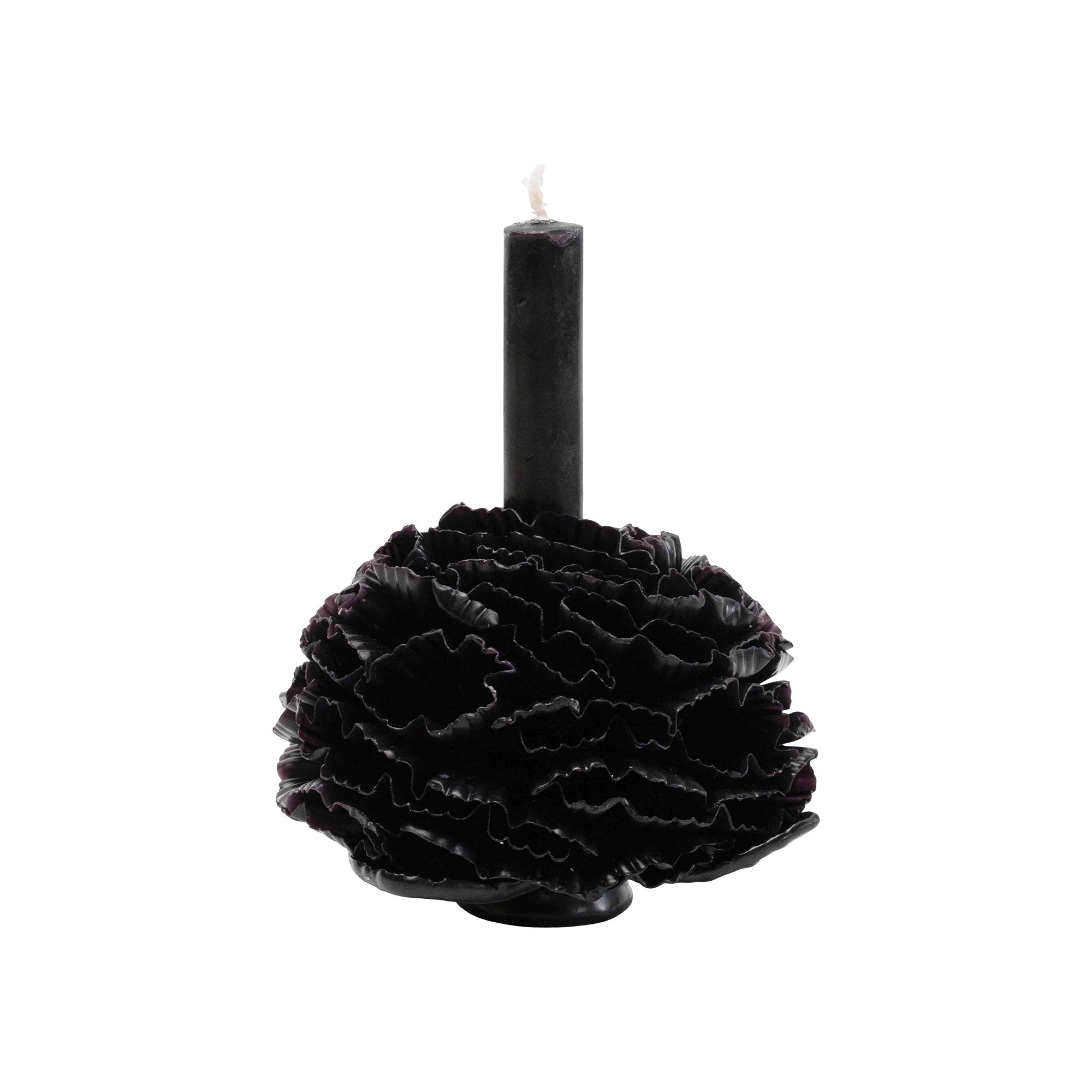





Specialty Beeswax Candle | Black
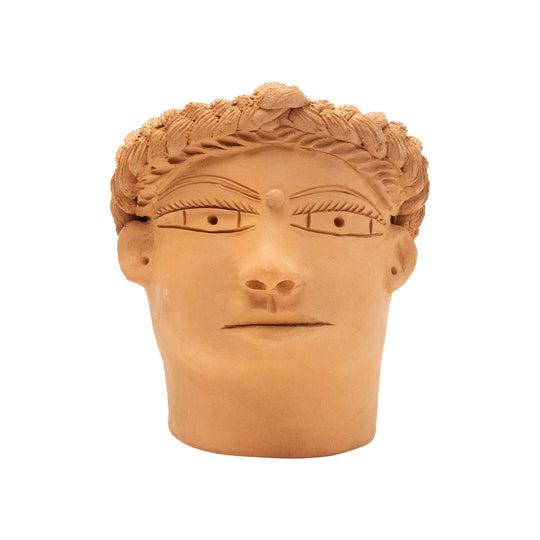
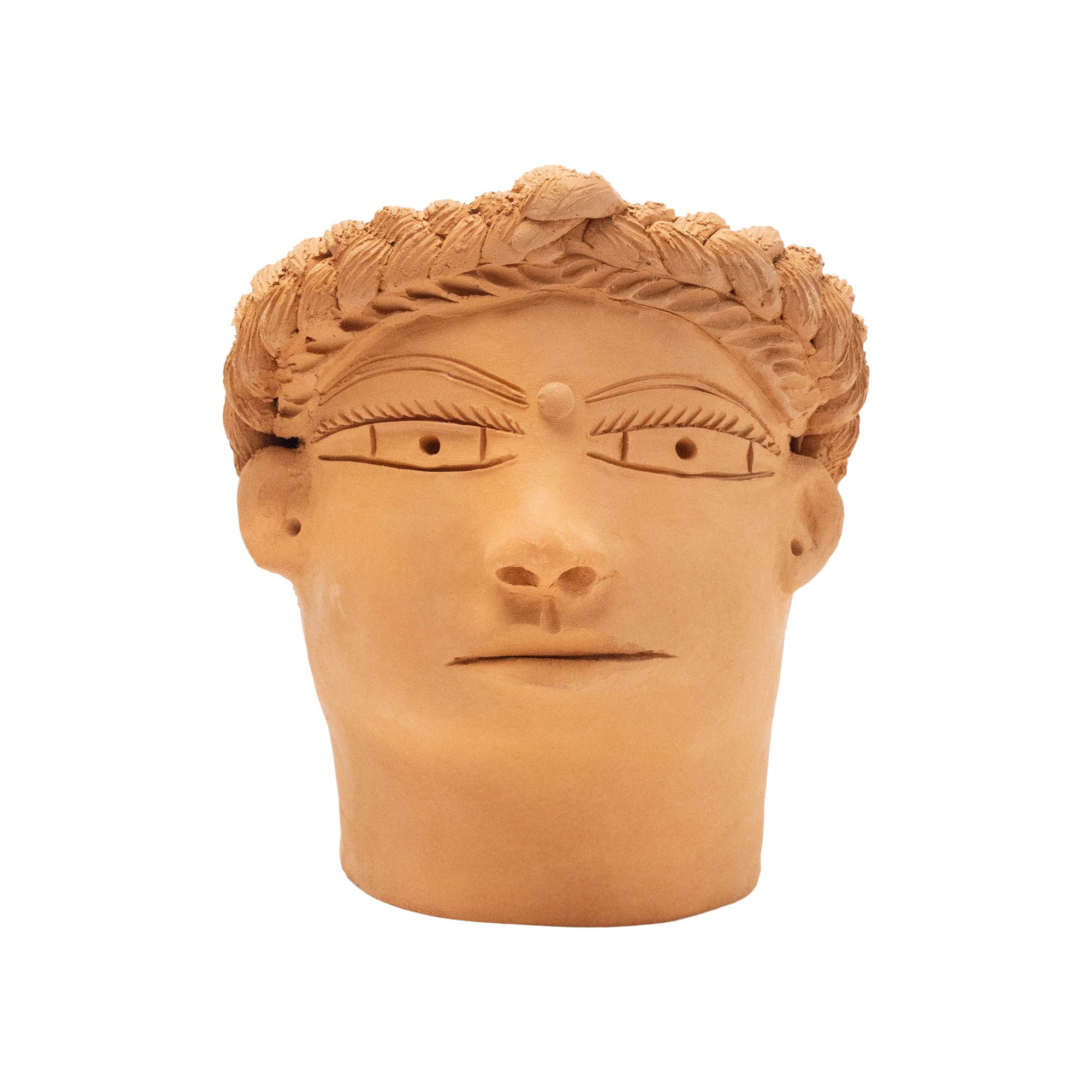
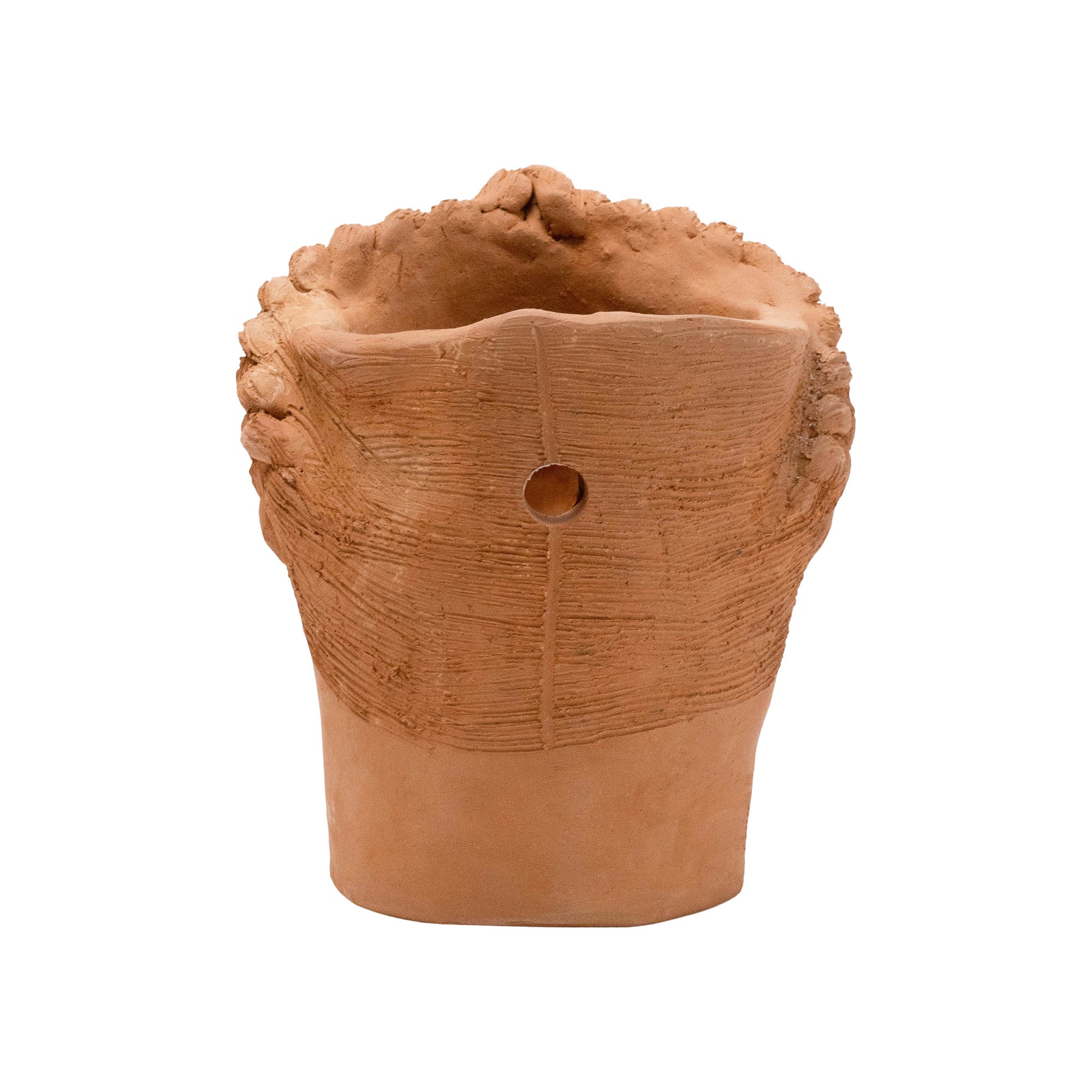
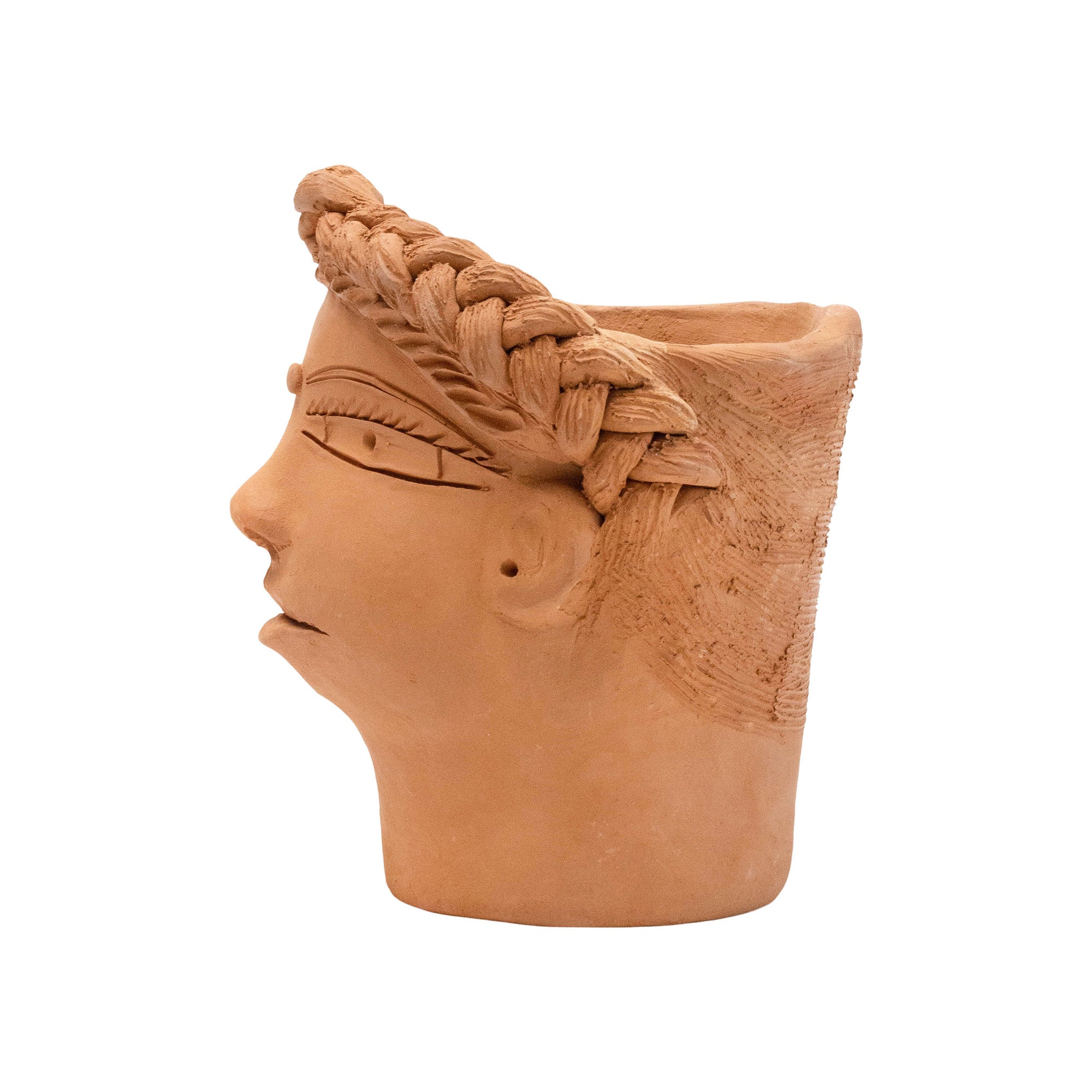
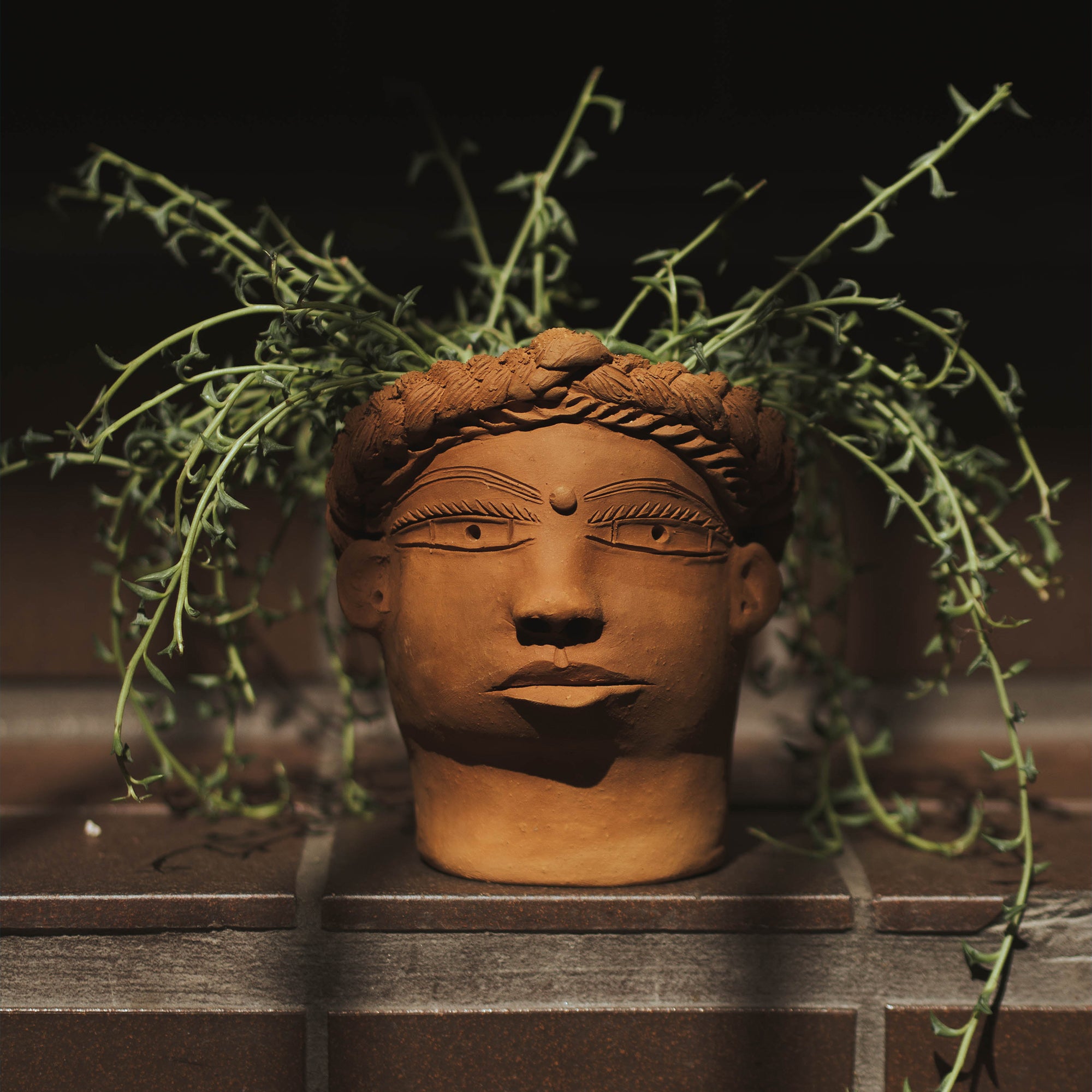
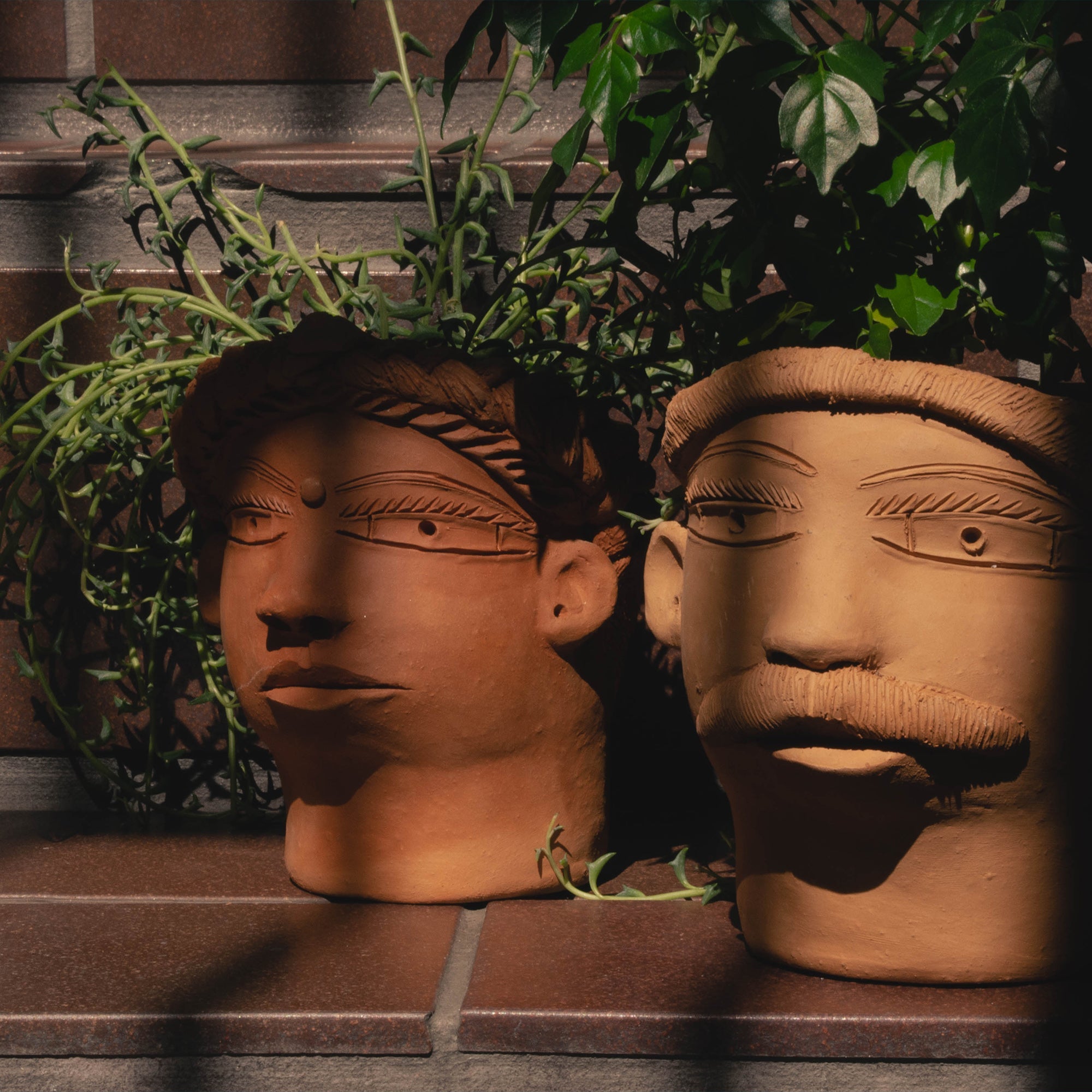
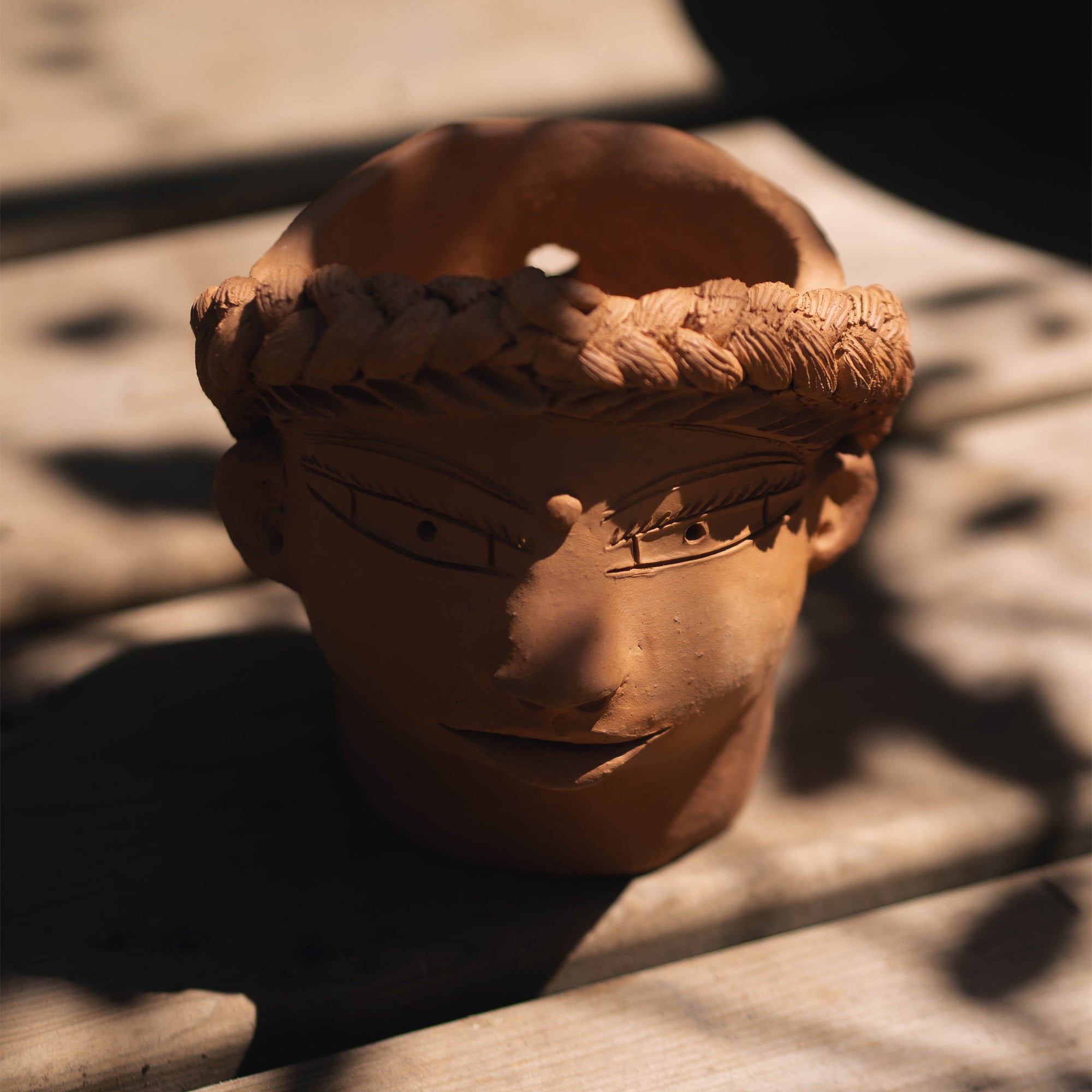
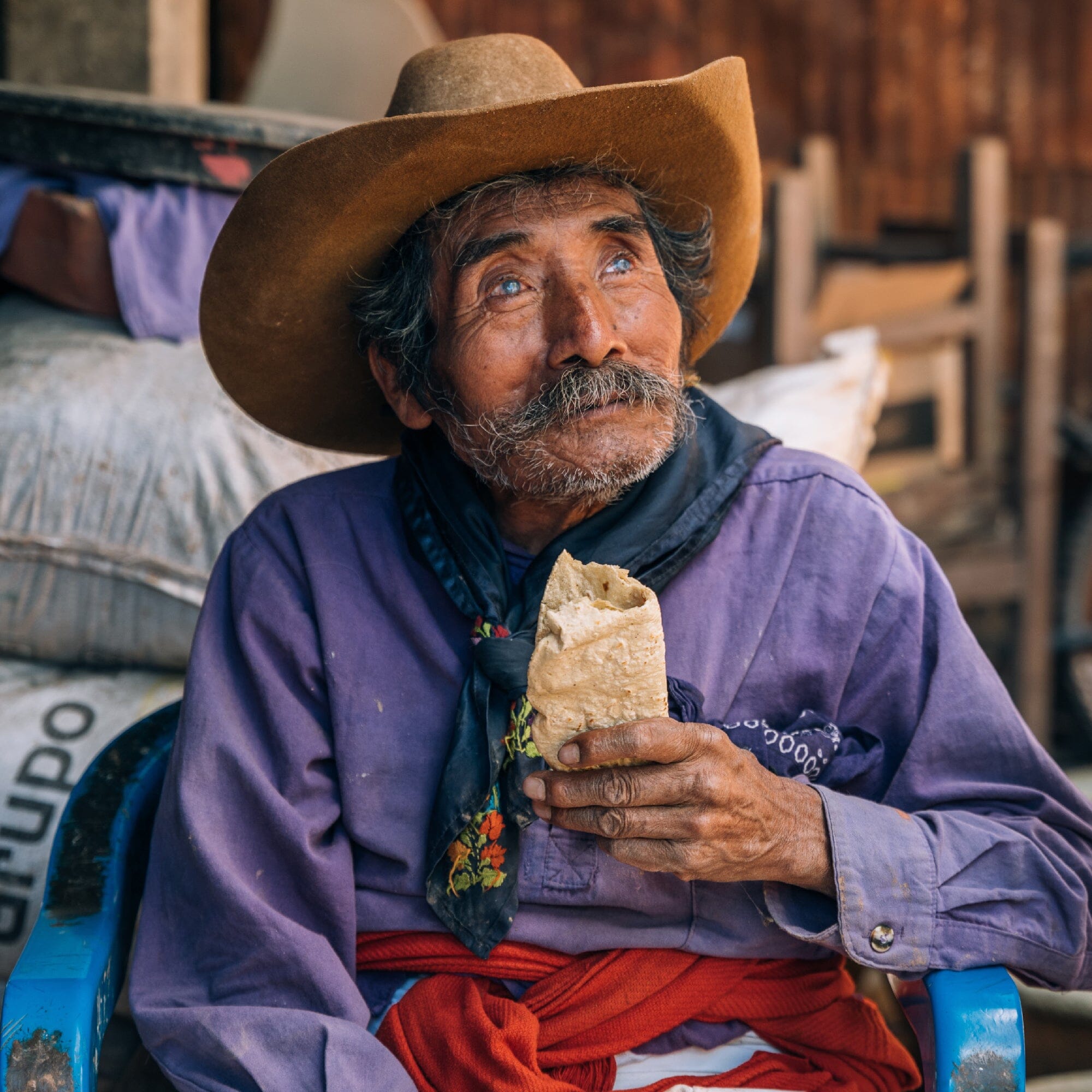
7" Red Clay Planter | Female Face








Serena Fruit Bowl
Related Posts
The Problem With Palm Oil
Palm oil production is wiping out ancient forests, endangering wildlife and destroying communities, discover why Obakki’s natural soap collection is palm oil free.
DESIGNER INTERVIEW SERIES: Andrea Rodman
These days, I am definitely inspired by Japanese design more and more; the simplicity and warmth behind their design approach often capture my admiration and inspire me with their approach to joinery and craftsmanship. I am also a big fan of Japandi design, which blends Japanese design influences with Scandinavian design, two of my favourite aesthetics.
DESIGNER INTERVIEW SERIES: Christine Lin
Back in 2014, I made a solo pilgrimage to Naoshima, an island west of Osaka, known for its art. It has amazing museums designed by Tadao Ando, a favorite architect of mine, and there’s various art installations and art houses scattered around the island.

